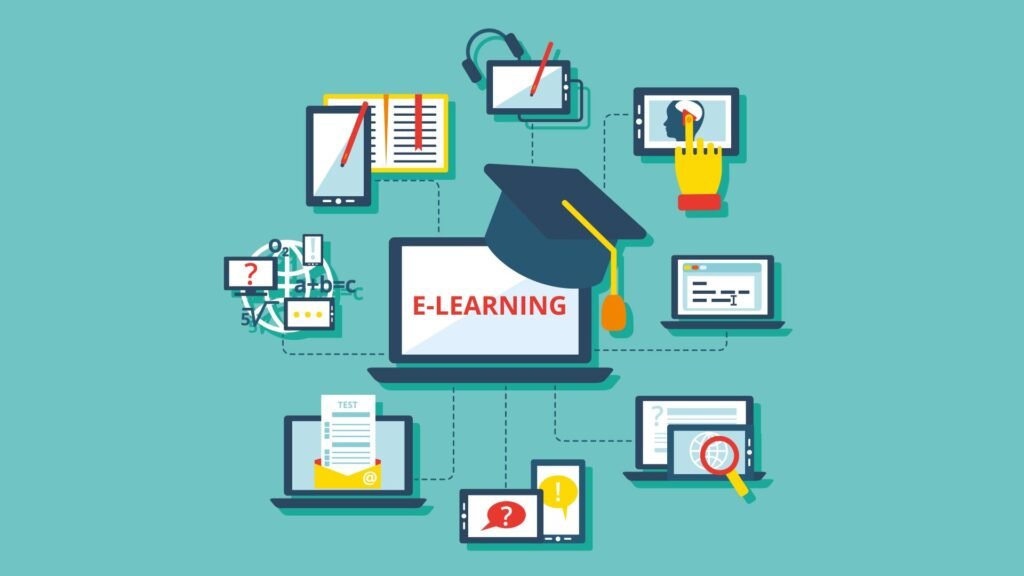Creating infographic presentations for education and e-learning can be a highly effective way to visually communicate complex information and engage learners. Here are some steps to help you create impactful infographic presentations for education and e-learning:
- Define your learning objectives: Start by identifying the learning objectives or outcomes you want to achieve with your infographic presentation. What do you want learners to know or understand after viewing your presentation? Clearly define your learning objectives to guide the content and design of your infographic.
- Gather relevant content: Collect the relevant content that you want to present in your infographic. This can include text, data, images, and other visual elements. Organize the content in a logical flow, making sure it aligns with your learning objectives and supports your main message.
- Choose an appropriate infographic format: There are many different types of infographic formats, such as charts, graphs, timelines, diagrams, and maps. Choose the format that best fits your content and learning objectives. Consider the visual appeal, clarity, and effectiveness of the format in conveying your information.
- Simplify the information: Infographic presentations should be visually appealing and easy to understand. Simplify your content and visuals to focus on the most important information. Avoid cluttering the infographic with too much text or data. Use concise and clear language to explain concepts and data.
- Create visually appealing visuals: Use visuals to convey your information in an engaging and visually appealing way. Use relevant images, icons, colors, and fonts that complement your content and create a cohesive look and feel. Ensure that the visuals are easy to read and understand, even at a glance.
- Add interactivity: If creating an e-learning infographic presentation, consider adding interactive elements such as hyperlinks, quizzes, or animations to enhance learner engagement and interaction. These interactive elements can make the presentation more dynamic and memorable for learners.
- Test and revise: Before finalizing your infographic presentation, test it with a sample audience or colleagues to gather feedback. Revise and refine your infographic based on the feedback received, making sure it aligns with your learning objectives and effectively communicates your message.
- Share and distribute: Once your infographic presentation is complete, share it with your intended audience. You can upload it to an e-learning platform, embed it in a website or blog, or share it on social media. Consider the most effective ways to distribute your infographic presentation to reach your target audience.
By following these steps, you can create impactful infographic presentations for education and e-learning that effectively communicate complex information and engage learners. Remember to keep your learning objectives in mind, simplify your content, create visually appealing visuals, and incorporate interactivity as appropriate. Good luck!


